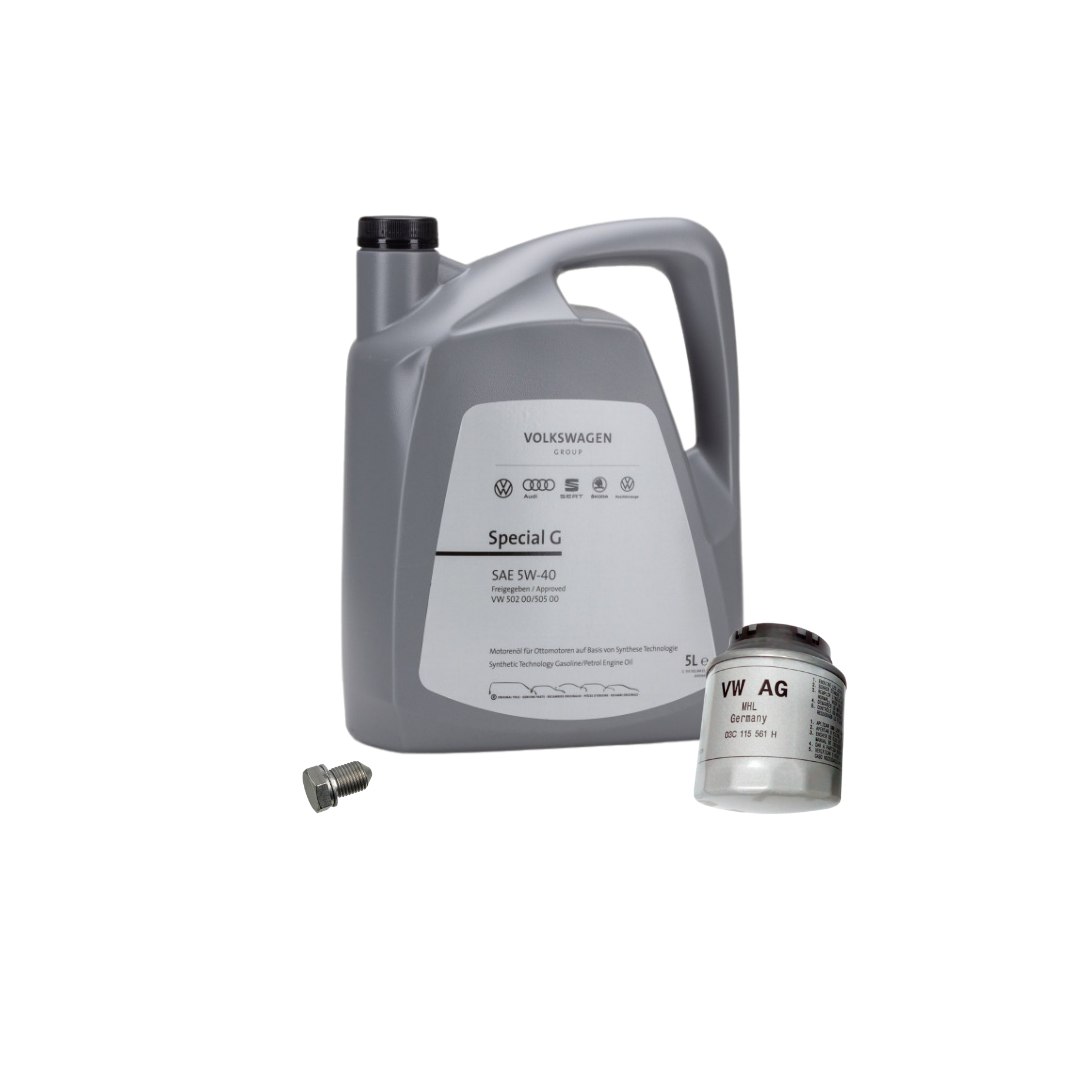Eliminate operational issues with a well-tuned clp engine.
Eliminate operational issues with a well-tuned clp engine.
Blog Article
Just How a Clp Engine Can Boost Effectiveness in Numerous Industries
The advent of CLP engines marks a considerable change in functional efficiency throughout numerous industries, driven by their capacity to optimize fuel usage and reduce downtime. As companies increasingly prioritize sustainability along with effectiveness, the function of CLP engines comes to be also more crucial.
Summary of CLP Engines
CLP engines, or Constant Liquid Propellant engines, represent a considerable innovation in propulsion innovation, particularly for space applications. These engines use a constant feed system that permits the continual expulsion of propellant, leading to boosted effectiveness and performance contrasted to typical strong or hybrid propulsion systems. By maintaining a continuous flow of fluid propellant, CLP engines can attain more precise drive control, which is critical for maneuvering spacecraft in various objective scenarios.
The design of CLP engines integrates innovative materials and innovative fuel management systems. clp engine. This results in minimized weight and increased integrity, important factors for long-duration area objectives. The continuous operation reduces the danger of burning instability, a typical difficulty in traditional rocket engines.

Benefits in Manufacturing
The manufacturing of Continuous Liquid Propellant (CLP) engines offers a number of noteworthy advantages that boost both performance and cost-effectiveness. Among the primary benefits is the structured production procedure, which lowers the intricacy connected with traditional propulsion systems. By making use of liquid propellant, manufacturers can achieve higher accuracy in engine efficiency, resulting in enhanced energy outcome and reduced waste.
In addition, CLP engines facilitate a greater degree of modularity, enabling easier combination into different production lines. This adaptability can significantly lower lead times and enhance overall functional flexibility. Using CLP innovation additionally often tends to minimize the demand for comprehensive maintenance because of fewer moving components, which converts right into minimized downtime and functional expenses.

Applications in Logistics
Leveraging Continual Fluid Propellant (CLP) engines in logistics uses considerable benefits in functional effectiveness and integrity. These engines offer a robust solution for numerous transportation requirements, making it possible for the smooth activity of items throughout substantial ranges. The inherent layout of CLP engines enables for consistent power outcome, which equates right into smoother and a lot more foreseeable transportation timetables.
One of the crucial applications of CLP engines in logistics is in durable freight transportation, where they can drive both ground and airborne automobiles. Their ability to preserve high performance under varying tons problems guarantees that delivery timelines are fulfilled, therefore enhancing consumer fulfillment. Additionally, CLP engines can be incorporated right into automated logistics systems, promoting real-time tracking and maximizing course planning.
In addition, the toughness of see this website CLP engines lowers maintenance downtime, permitting logistics business to maximize their functional capabilities. This is especially advantageous in warehousing operations, where efficiency in taking care of and transferring products is essential. As logistics remains to advance, the integration of CLP engines represents a forward-thinking technique that not just boosts performance however likewise supports the sector's expanding needs for reliability and rate.
Influence on Power Effectiveness
Exactly How do Constant Liquid Propellant (CLP) engines improve power efficiency in transportation? CLP engines utilize a constant circulation of fluid gas, maximizing burning procedures and maintaining a secure drive output. This design lessens energy losses related to conventional burning engines, where fuel delivery can vary and result in inefficiencies.
The continual operation of CLP engines permits for a much more reliable thermal cycle, leading to greater details impulse compared to conventional engines. clp engine. This equates to decreased gas intake for the same amount of job done, substantially lowering functional costs across different transport fields, consisting of air travel and maritime sectors
Additionally, the ability of CLP engines to maintain optimal performance under differing load conditions minimizes the demand for frequent velocity and slowdown, further boosting gas effectiveness. Improved energy effectiveness not only adds to set you back savings however also results in reduce greenhouse gas discharges, straightening with global sustainability objectives.
Future Trends and Innovations
Arising improvements in Constant Fluid Propellant (CLP) engine technology pledge to reinvent the landscape of transport effectiveness and sustainability. As industries pivot towards greener options, CLP engines stand at the forefront, integrating cutting-edge materials and layout methodologies that boost performance while lessening environmental effect.
One of the most encouraging trends is the adoption of crossbreed systems that integrate CLP engines with renewable power resources. This harmony can enhance gas intake and decrease discharges, straightening with international sustainability goals. Improvements in computational fluid dynamics (CFD) are helping with the layout of more aerodynamically effective engines, leading to decreased drag and improved gas performance.
Additionally, the growth of clever surveillance systems is set to boost functional effectiveness. These systems utilize data analytics and IoT modern technology my site to enhance engine efficiency in real-time, making certain that the engines run within their most efficient criteria.
As research study remains to explore alternative read here propellant formulations-- such as biofuels and artificial gas-- the future of CLP engines looks appealing. By using these innovations, sectors can not only boost their efficiency however additionally contribute considerably to a cleaner, extra sustainable future in transportation.
Conclusion
To conclude, CLP engines represent a substantial development in effectiveness across multiple markets. Their ability to maximize fuel consumption and minimize functional expenses, integrated with a constant feed system, improves power result and functional integrity. The combination of advanced materials and fewer moving parts minimizes upkeep demands, while placement with sustainability goals settings CLP engines as an essential technology for the future. Proceeded innovation in this area guarantees more improvements in efficiency and environmental efficiency.
Report this page